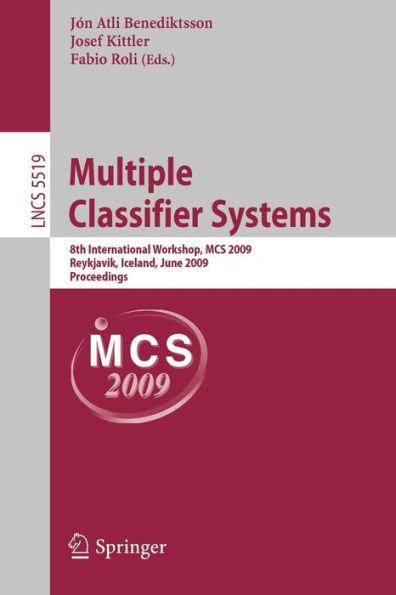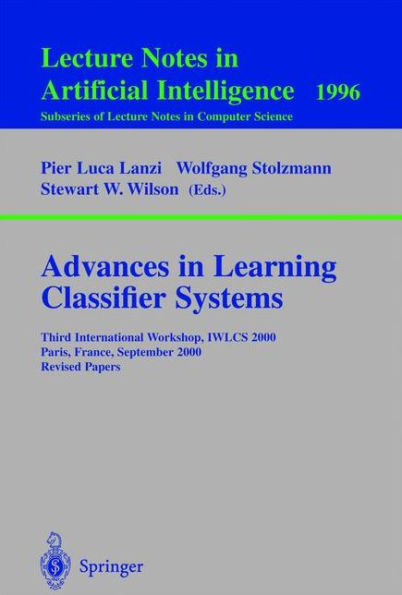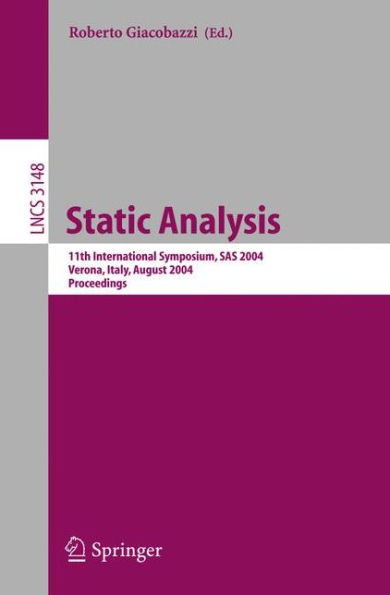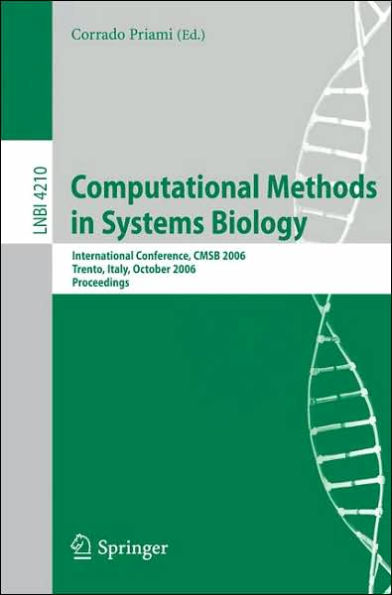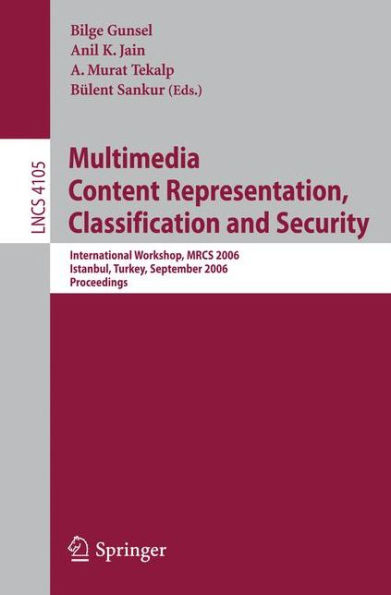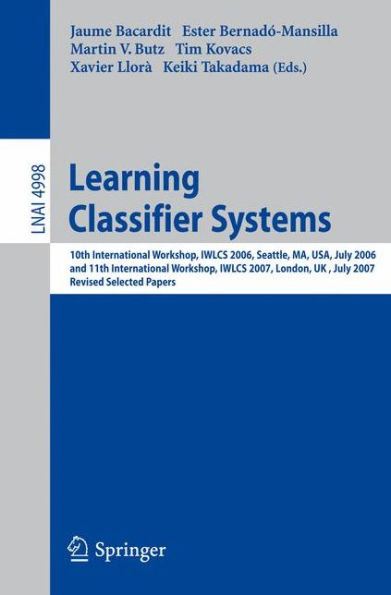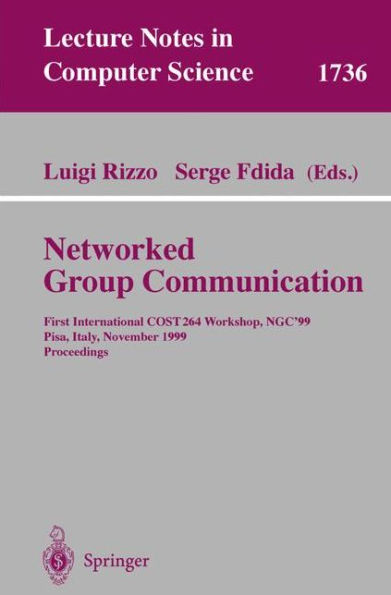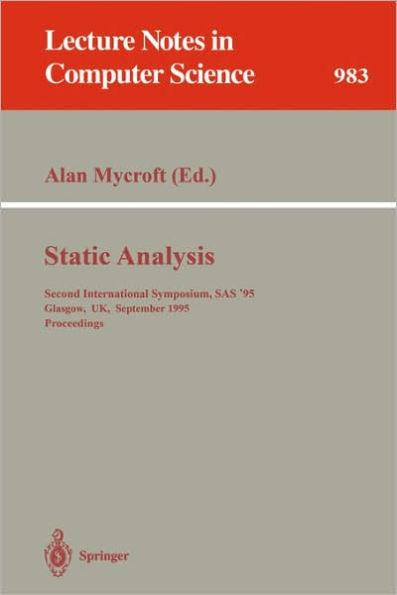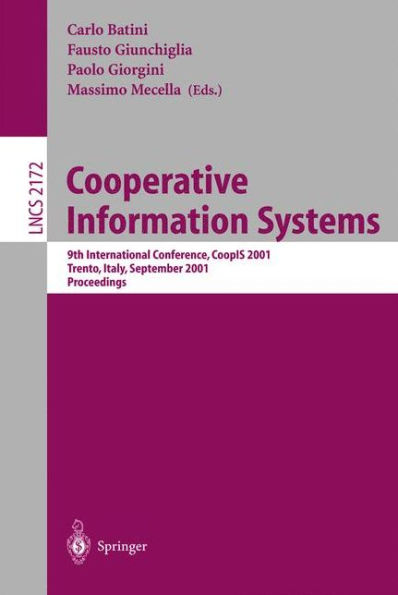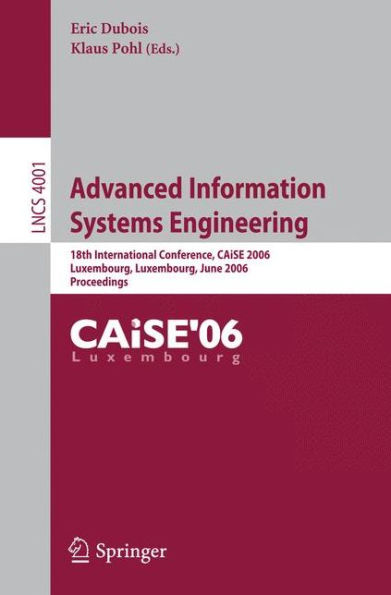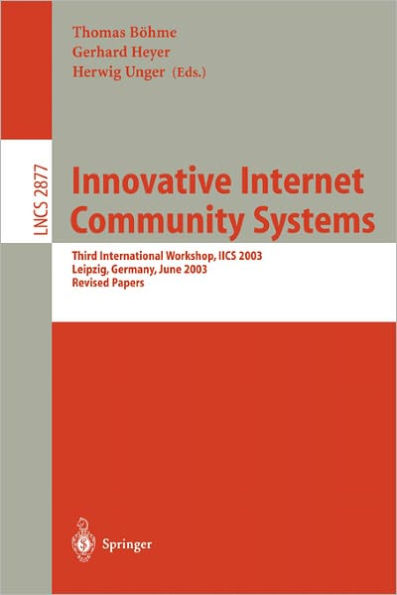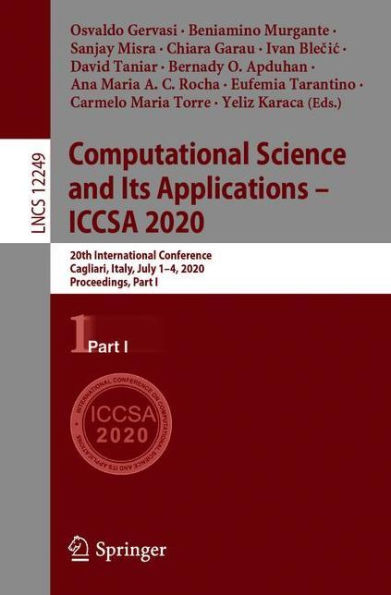Home
Multiple Classifier Systems: First International Workshop, MCS 2000 Cagliari, Italy, June 21-23, 2000 Proceedings / Edition 1


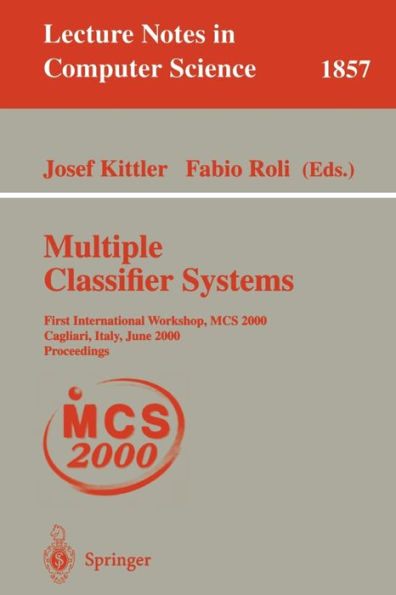
Multiple Classifier Systems: First International Workshop, MCS 2000 Cagliari, Italy, June 21-23, 2000 Proceedings / Edition 1
Current price: $54.99
Loading Inventory...
Size: OS
Many theoretical and experimental studies have shown that a multiple classi?er system is an e?ective technique for reducing prediction errors [9,10,11,20,19]. These studies identify mainly three elements that characterize a set of cl- si?ers: -Therepresentationoftheinput(whateachindividualclassi?erreceivesby wayofinput). -Thearchitectureoftheindividualclassi?ers(algorithmsandparametri- tion). - The way to cause these classi?ers to take a decision together. Itcanbeassumedthatacombinationmethodise?cientifeachindividualcl- si?ermakeserrors'inadi?erentway', sothatitcanbeexpectedthatmostofthe classi?ers can correct the mistakes that an individual one does [1,19]. The term 'weak classi?ers' refers to classi?ers whose capacity has been reduced in some way so as to increase their prediction diversity. Either their internal architecture issimple(e.g., theyusemono-layerperceptronsinsteadofmoresophisticated neural networks), or they are prevented from using all the information available. Sinceeachclassi?erseesdi?erentsectionsofthelearningset, theerrorcorre- tion among them is reduced. It has been shown that the majority vote is the beststrategyiftheerrorsamongtheclassi?ersarenotcorrelated.Moreover, in real applications, the majority vote also appears to be as e?cient as more sophisticated decision rules [2,13]. Onemethodofgeneratingadiversesetofclassi?ersistoupsetsomeaspect ofthetraininginputofwhichtheclassi?erisrather unstable. In the present paper, westudytwodistinctwaystocreatesuchweakenedclassi?ers;i.e.learning set resampling (using the 'Bagging' approach [5]), and random feature subset selection (using 'MFS', a Multiple Feature Subsets approach [3]). Other recent and similar techniques are not discussed here but are also based on modi?cations to the training and/or the feature set [7,8,12,21].
